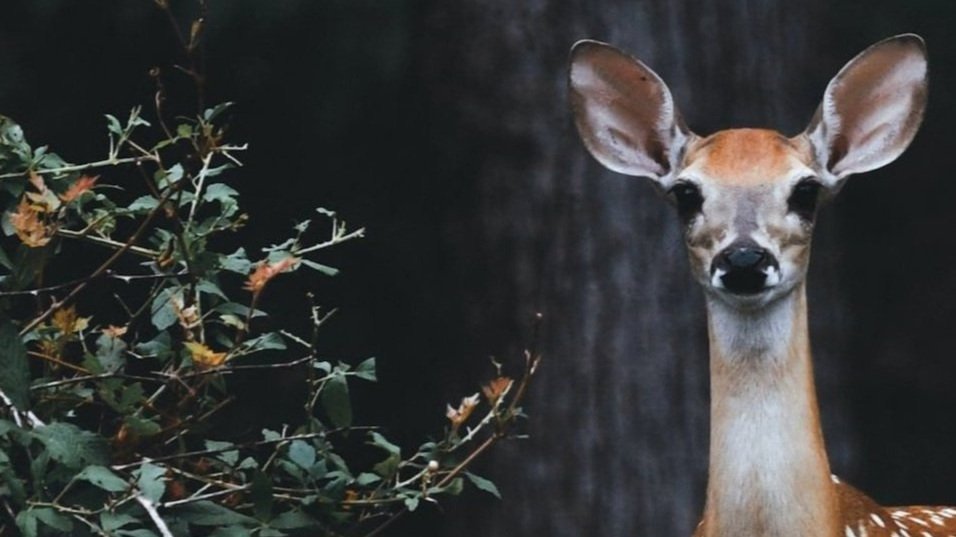
Historically-Oaks Ruled Redding’s Landscape!
Our town is in blue oak woodland on the outskirts and in former valley oak woodland closer to the Sacramento River. But how many of us know much about the native oaks that live among us? Did you know that a slender 16 inch diameter blue oak can be older than the United States? Or that the gigantic Hooker Oak in Chico’s Bidwell Park was actually two valley oaks that grew together?

Native oaks are the foundation of the old river floodplain and upland ecosystem within Redding’s city limits. This means the sunlight energy captured in oak leaves is consumed by the next level in the food web; herbivores and omnivores, that in turn support predators. Since California’s mediterranean climate developed 3 million years ago, oak leaves have been one of the most abundant sources of fresh green vegetation during the annual dry season in the inland valleys. Much of the natural community runs on sunlight energy captured in oak leaves.
Herbivores, the insects, rodents, and deer, consume native oak leaves, buds, and tender shoots. They evolved with the oaks for millions of years. These long relationships do not change just because 170 years ago European settlers began cultivating non-native plants and let many of them escape into the woodlands and forests. 170 years is not enough time for insect herbivores, that are specialized in both form and physiology on the native oaks, to switch to other plants. The native oaks remain the foundation of our ecosystem, but now there are many stones missing in that foundation. For one example, valley oak forest is down to 3% of its original extent. Valley oaks used to grow abundantly on river floodplains like the flat central and southern part of Redding.
Individual oaks can be very long-lived. Rare specimens have reached 900 years in the eastern U.S. while the Hooker Oak, a valley oak of Chico fame, reached 325 years. It had lived in that spot since 1650, just 30 years after the Mayflower touched down at Plymouth Rock.
Valley oaks and blue oaks in our neighborhoods are often well over 100 years old and should be valued as irreplaceable heritage trees. In our human time scale, they certainly are irreplaceable. Larger trees sequester more CO2 in their tissues and deep underground. Scientists claim that oaks sequester more CO2 than other kinds of trees.
Oaks Provide Hope for Our Future!
The benefits go even further. Here’s the list: Oaks 1) have the highest biodiversity value 2) sequester the most CO2 3) are the best soil stabilizers 4) make the longest-lasting leaf litter (a good thing for the ecosystem) and 5) promote healthier watersheds …from The Nature of Oaks by Dr. Doug Tallamy.
For our California oaks, we can add fire resistance and resilience to the list of positive features. When the immediate area around them is well-maintained, in other words, when dead and down vegetation is not in a thick layer, native oaks not only survive, but thrive from periodic low intensity burns.
If we want to ensure that younger generations enjoy the rich diversity of life that is our local natural world, then there are two things we need to accomplish:
1) Preserve native oaks. Be willing to adapt our development plans, rather than simply assuming any tree in the footprint of a proposed project must go.
2) Plant more native oaks. The best time to plant an oak is 20 years ago. The next best time is right now, this year.
Acorns Deliver To Our Foodscapes
Native oaks are famous for their acorns. Acorns are packets of sunlight energy. The oak turns sunlight into food in our ecosystem. Acorns provide abundant food for bears, deer, birds and many other wildlife.
Indigenous peoples around the world relied on acorns as a staple in their diet before the cultivation of grains became common. Probably nowhere was this more evident in recorded history than on the west coast of North America, where the abundance of oaks and acorns is central in the culture of California indigenous tribes and is credited with the large Native American population here in pre-European settlement times.
There is a growing trend today to learn how to use acorns in modern kitchens around the world. Perhaps one day soon more of us will begin thinking of oaks in much the same way as other fruit and nut trees in our backyard foodscape.
The Perfect Nursery!
Less visible to most of us, is the unparalleled ability of oaks to support a highly diverse nursery for moths and butterflies. An overview of 10 regional oak species reveals that each of these oaks are likely hosts of over 130 butterfly and moth species. The range is 136 – 171 moths & butterflies per north-state oak species. This is a lot. Most other local tree species host less than 40 moth & butterfly species.
Caterpillars on oak leaves go unnoticed and unappreciated because most of us do not search for them, and they have excellent camouflage. Many caterpillars become night-flying moths that also go unnoticed. Birds have relied on the well-stocked store of caterpillars on oaks for eons as food for their nestlings. Spring migration coincides with the emergence of young oak leaves and the presence of caterpillars. Caterpillars are the link that transfers more plant energy to vertebrates than any other life form, according to Dr. Doug Tallamy.
These many qualities make native oaks the most practical and effective tree choice for countering the decline of diverse birds and butterflies in our yards and neighborhoods while helping to mitigate excess CO2 in the atmosphere and the warming effects of climate change. Preserving mature oaks should be something that we prioritize in our yards and in our community!
MaryAnn McCrary, NSCA’s Action Focus Group Chair, Does Oak Myth Busting!











